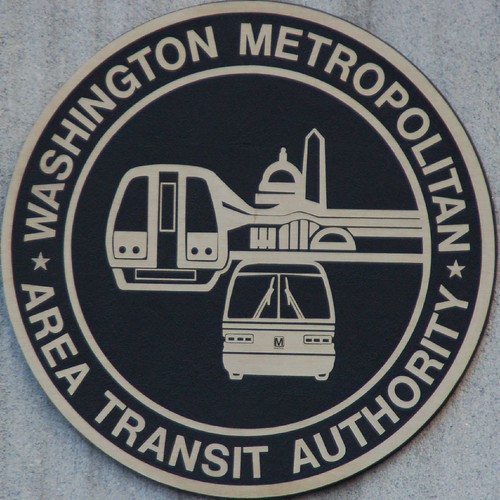Upgrading Transit’s Interface: Metro Releases Google Transit Data
This morning, Metro’s Web site has a new page with a title not normally seen on the online presences of transit agencies: “Developer Resources.”

Photo Courtesy: Mymetrostop@Flickr
That page offers a download of Metro’s bus and rail schedules inGoogle Transit Feed Specification format, ready for any developer to download and reuse in a Web page or in a standalone program. (At the moment, clicking through the user agreement on the page only sends you back to the user agreement, but I’m sure somebody at Metro will correct that soon enough. Right?)
In doing this, Metro is following the example of a lot of smart Web sites — but too few government agencies — by letting the rest of the world re-use, re-publish and mash up its data. The immediate effect of a GTFS download may only be the addition of Metro rail and bus routes to thetransit guidance offered on Google Maps (assuming the Mountain View, Calif., Web firm doesn’t object to Metro’s terms of use). That alone should make Metro’s services far more “discoverable,” to use a little human-interface jargon. But when anybody else can play this game, the possibilities are wide open.
In the same way that Web developers have used Google Maps tools to build crafty sites charting everything from real-estate sales to campaign donations, people will be able to build Web sites, widgets and programs using Metro’s data in ways that the company hasn’t thought of and may never dream up on its own.
For a sense of the possibilities, look over this interview from last year, in which two managers in Portland, Oregon’s Tri-Met transit agency explain how independent developers and other government agencies are building useful software and services off their data feeds with minimal cost and effort.
Click
here to read the entire article.


